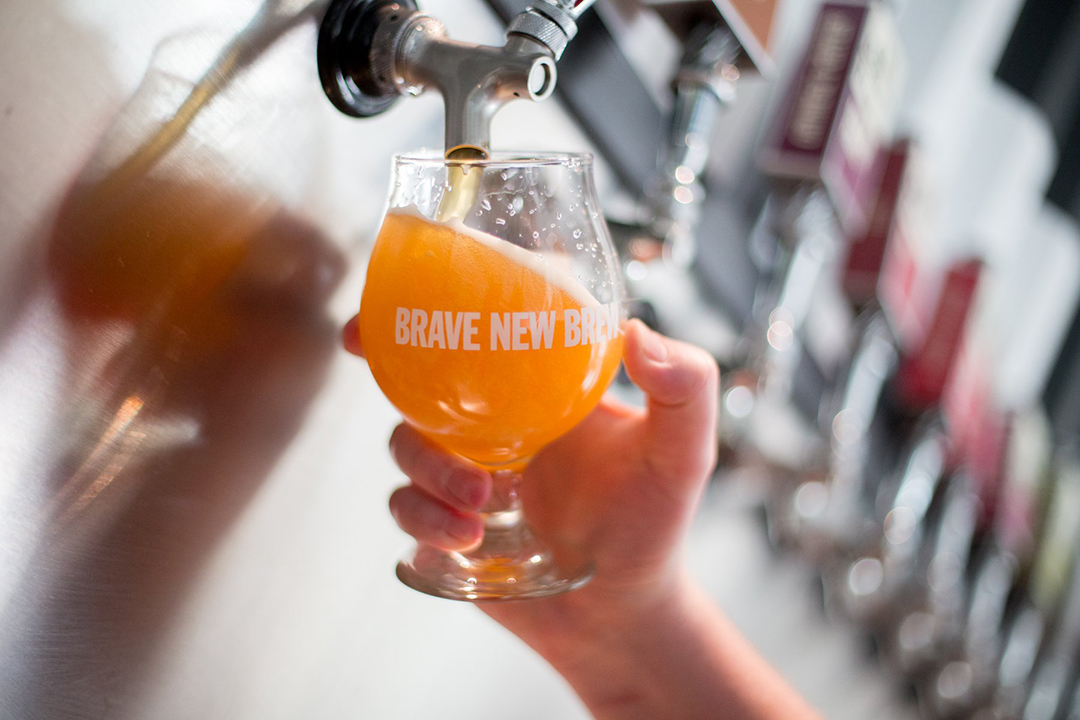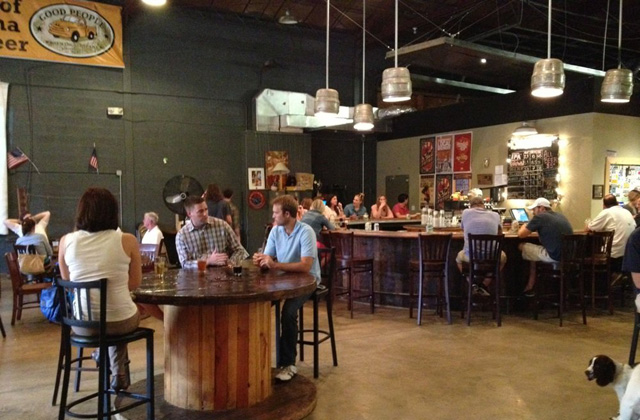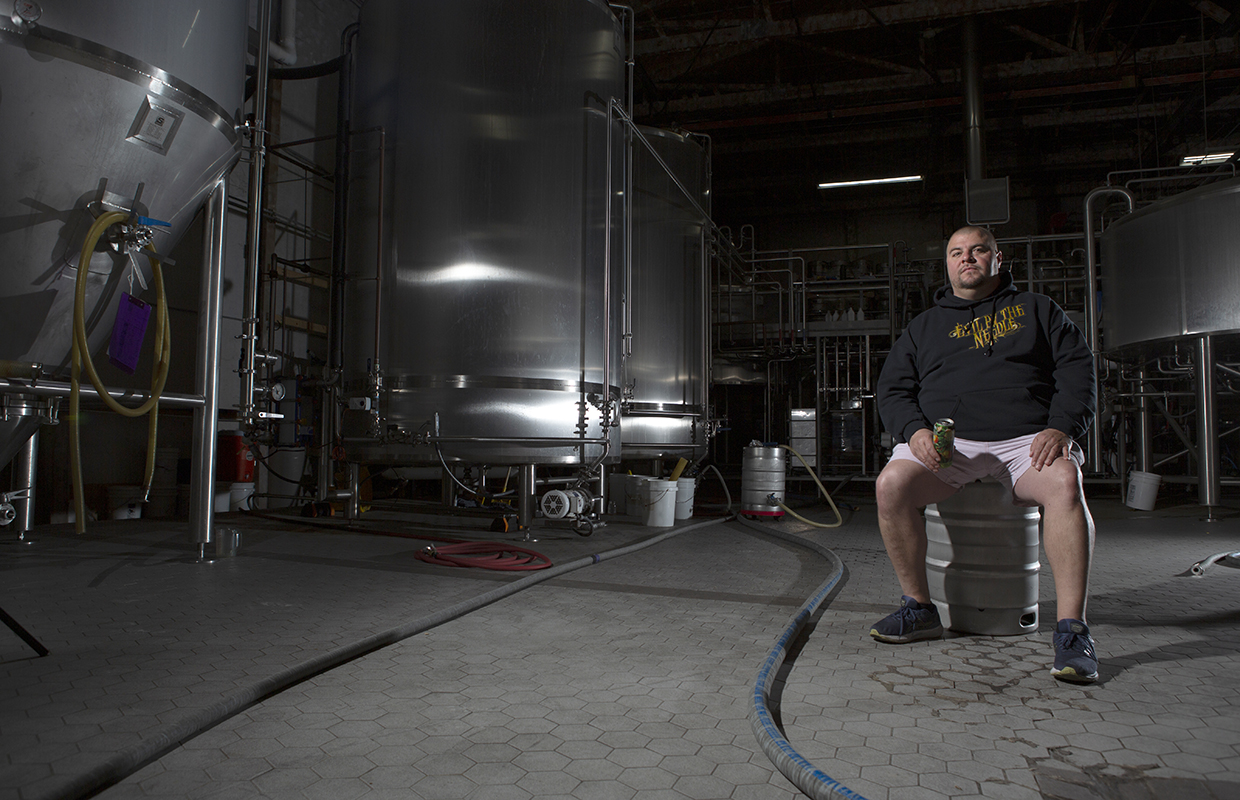
The craft beer industry has spent much of the past few years talking about contraction, closures and slowing demand. For Andrew Kelley, CEO of the newly formed Driven Collective — a merger between Virginia’s Aslin Beer and New York City’s Torch & Crown Brewing — those headwinds don’t spell retreat. Instead, they signal opportunity. His vision for the venture isn’t to build a larger version of the same brewery model, but to reframe what scale can look like for an independent beverage company.
Success, Kelley said, will not be measured solely in barrels produced or tap handles gained. He envisions a five-year benchmark where financial growth aligns with cultural relevance.
“On the business side, steady revenue growth, expanding EBITDA (Earnings Before Interest, Taxes, Depreciation, and Amortization), stronger rate of sale at retail, and sustainable prime costs across hospitality,” he said. “On the brand side, it’s taproom traffic, repeat visitation, merch sales, digital engagement, and the pull-through we create with retailers.
“And then the cultural measures: are people showing up to our events, are our brands part of their daily lives?”
For Driven Collective, the model only works if financial and cultural performance move in tandem.
That dual focus may be what separates the effort from traditional expansion plays. Taprooms are central to the strategy, but Kelley rejects the idea of them as simple tasting rooms. Instead, he sees them as culinary-forward, community-driven anchors of loyalty.
“Done right, they’re great margin businesses and the best brand-building engine in craft,” he said. “When someone eats our food, brings their kids, sees live music, or celebrates an anniversary at our place, that’s brand loyalty.
“That’s what keeps us relevant.”
The model rests on integrating production, distribution and hospitality into a single system rather than siloed operations. Beer brewed in-house can move through Torch Distribution and land in taprooms and events within the same week, creating a feedback loop between creativity and market presence. There are risks, of course. Managing breweries, restaurants and a distribution arm under one roof requires process and discipline. But Kelley argues that when each unit feeds the others, the whole grows stronger.
Distribution is one area where Kelley is candid about challenges. While cutting out the middle-tier of distro, which can improve margins, he stresses that logistics require hard infrastructure — drivers, trucks, warehouses, and disciplined cash flow.
“It’s not romantic, it’s logistics,” he said.
But the payoff, he believes, is direct speed to market and deeper relationships with retailers. That proximity also fuels brand-building, reducing the risk of being lost among hundreds of SKUs in a wholesaler’s book.
Creativity at scale is another driver Kelley points to. By pooling design, brewing and events resources, the collective hopes to avoid bureaucratic drag and instead amplify ideas across locations and channels. A launch at one taproom can ripple out to distribution and events within days.
“That cross-pollination doesn’t kill creativity, it multiplies it,” he said.
For any breweries watching the market shift, the bigger lesson may not be whether consolidation is inevitable but whether partnership is necessary.
Kelley is blunt: independence without scale can become a liability.
“The question every mid-size brewery should be asking is: can I do this alone, or am I stronger with partners?” he said.
It’s a maturing market for craft beer where simply making a good portfolio is no longer enough, Kelley sees chaos as the proving ground.
Driven Collective is betting that integration, hospitality, and cultural relevance are the new growth engines for craft. The key for many breweries may be less about replication and more about recognizing when collaboration offers the only real path forward.






Be the first to comment